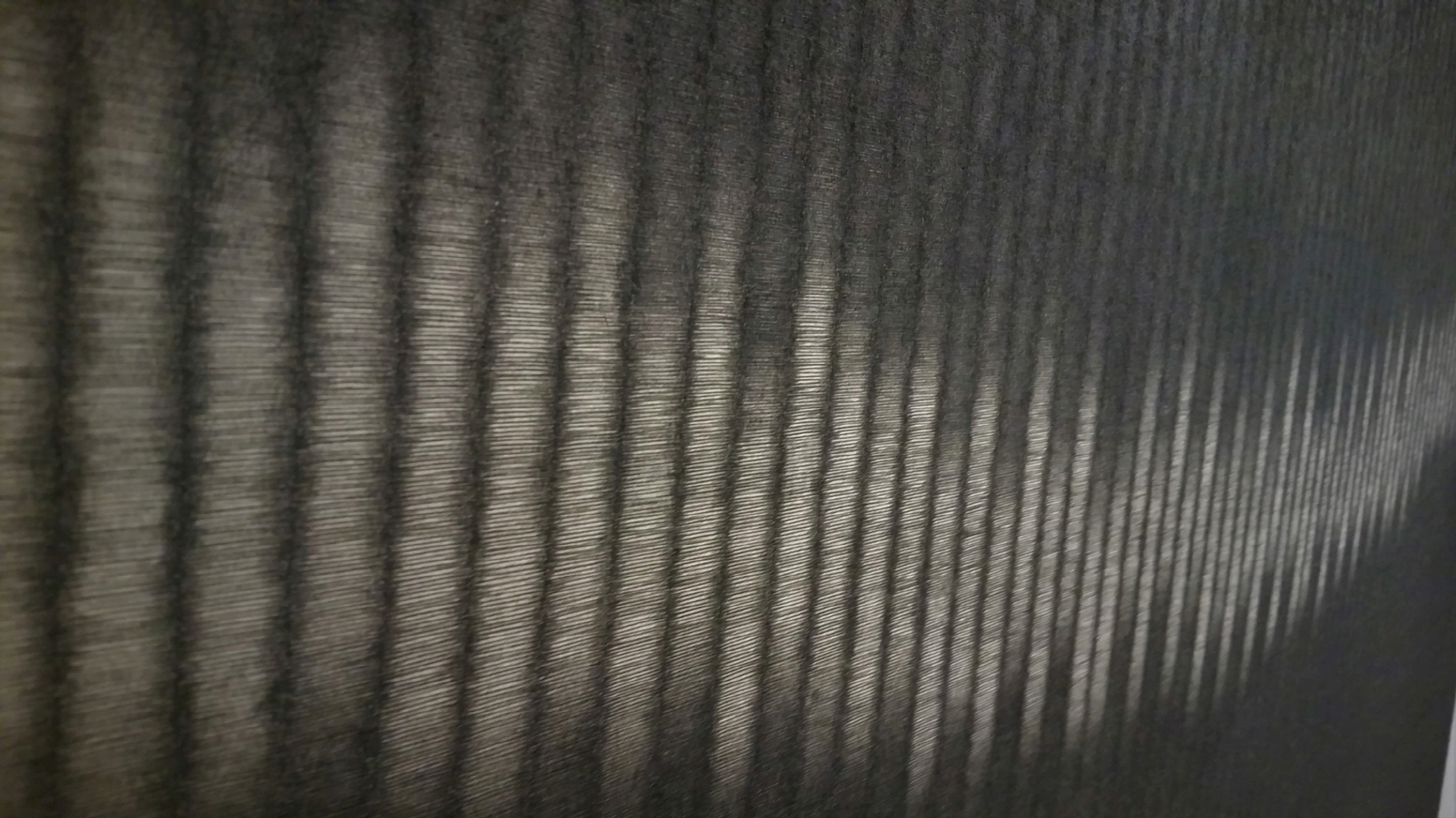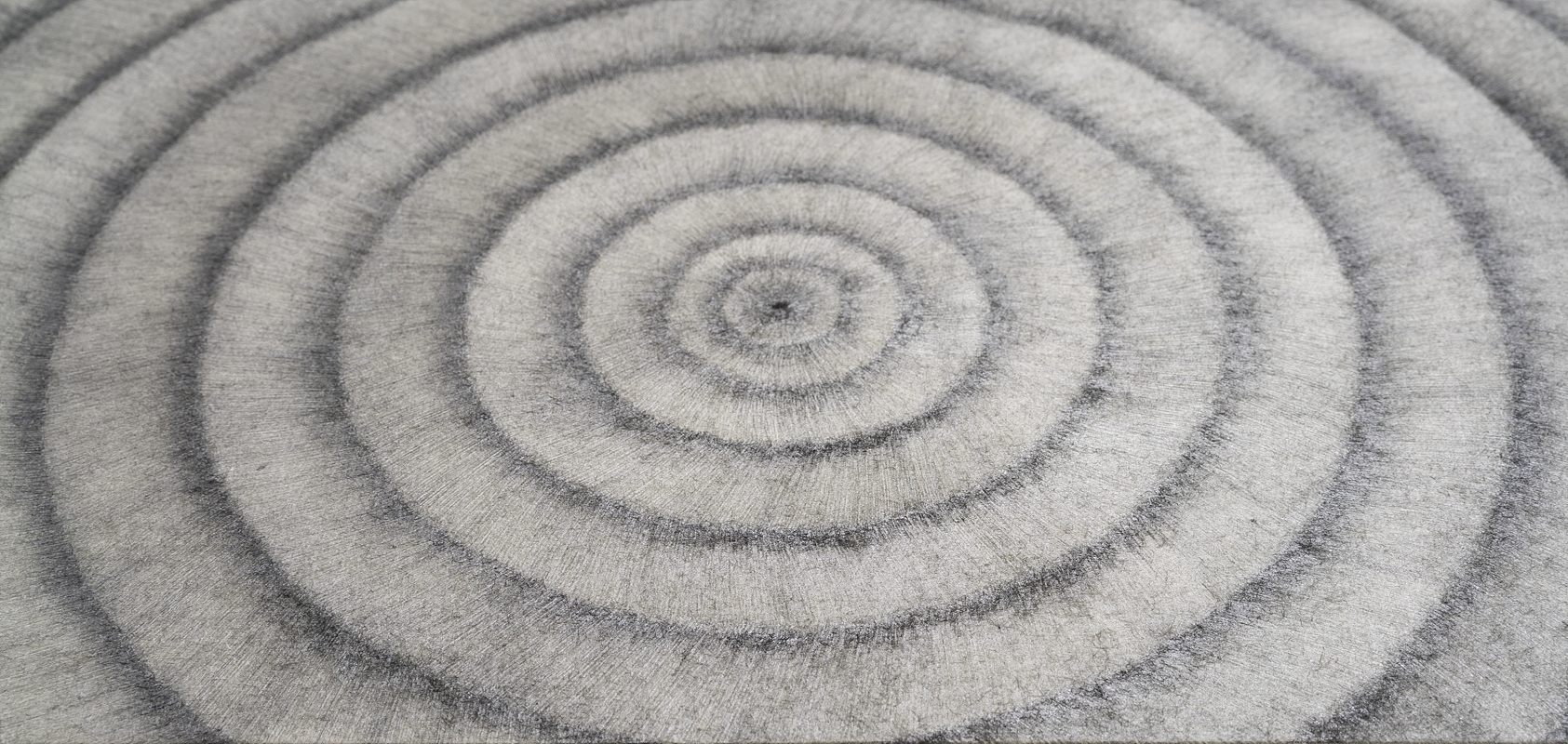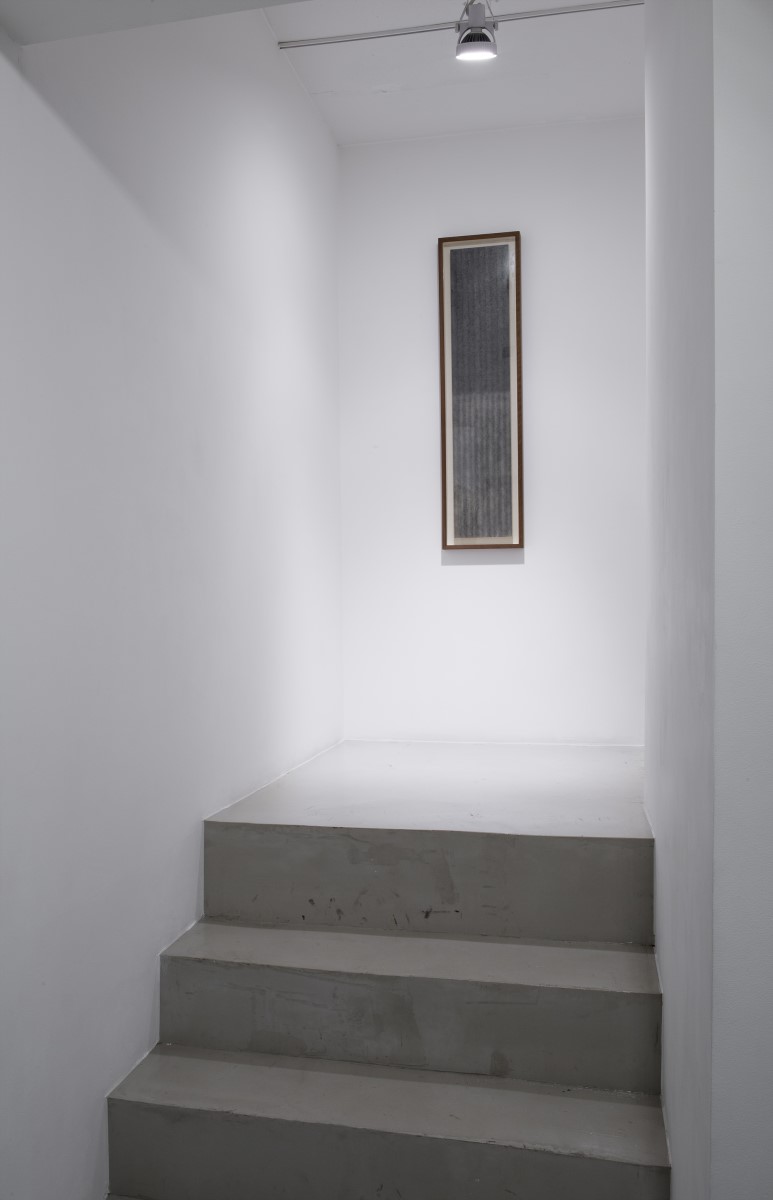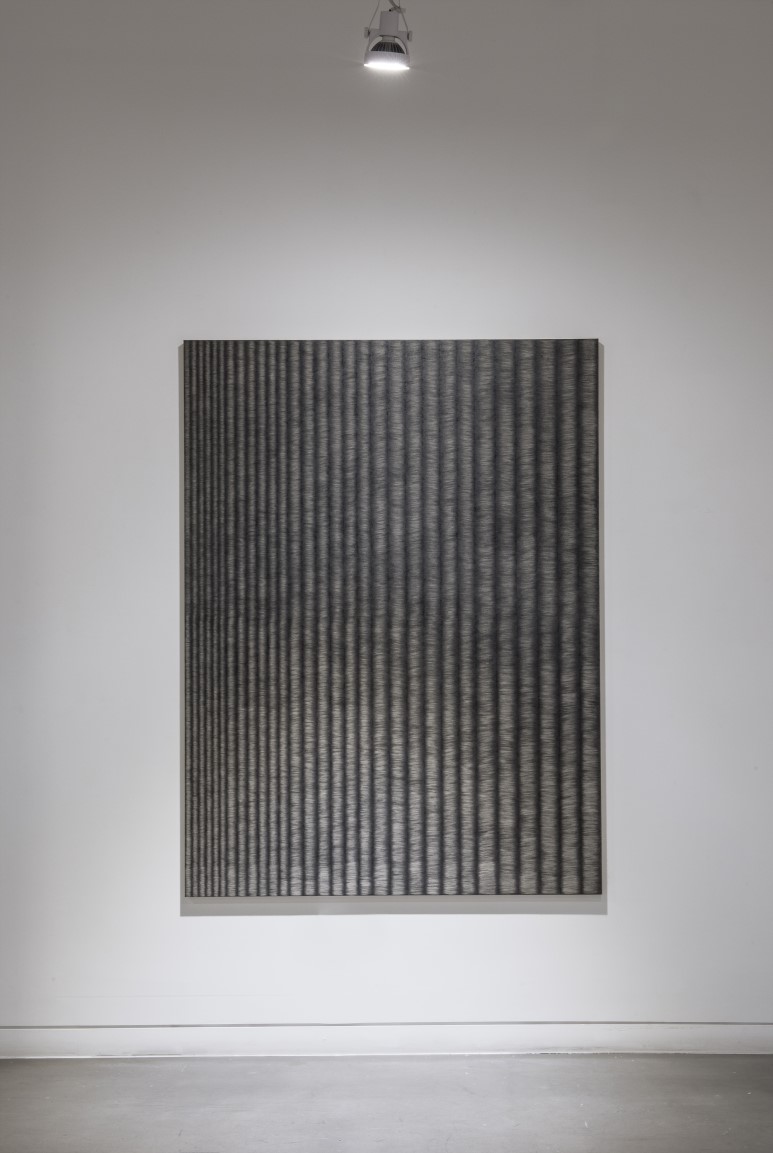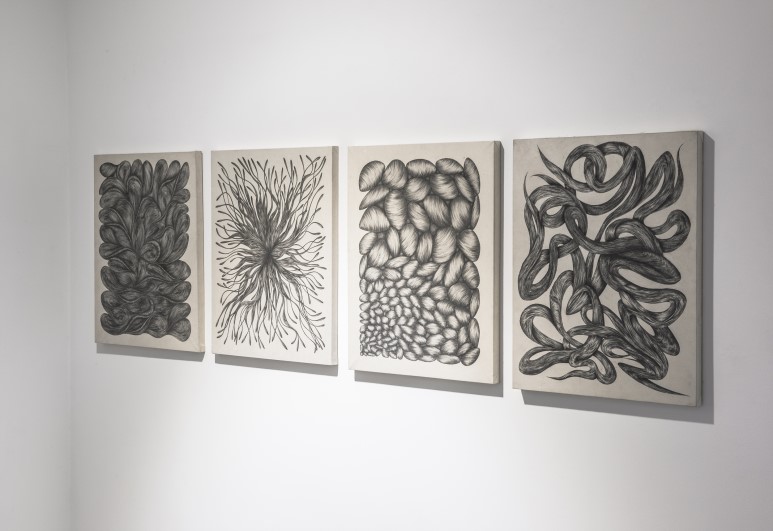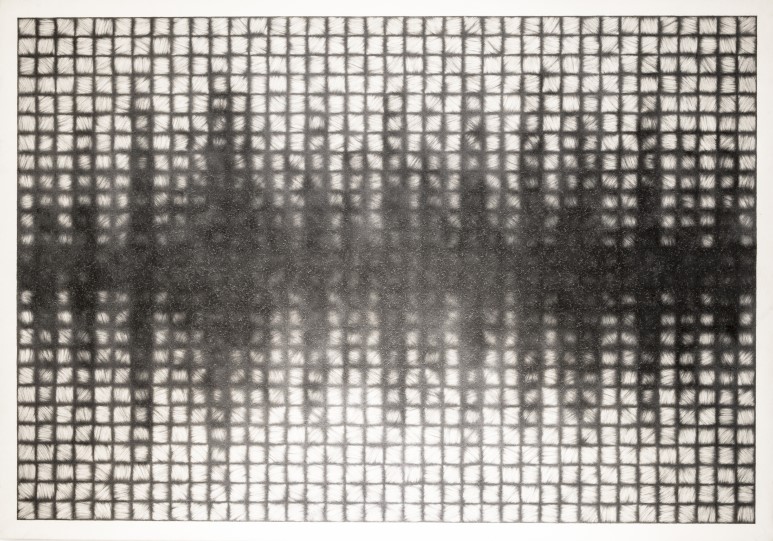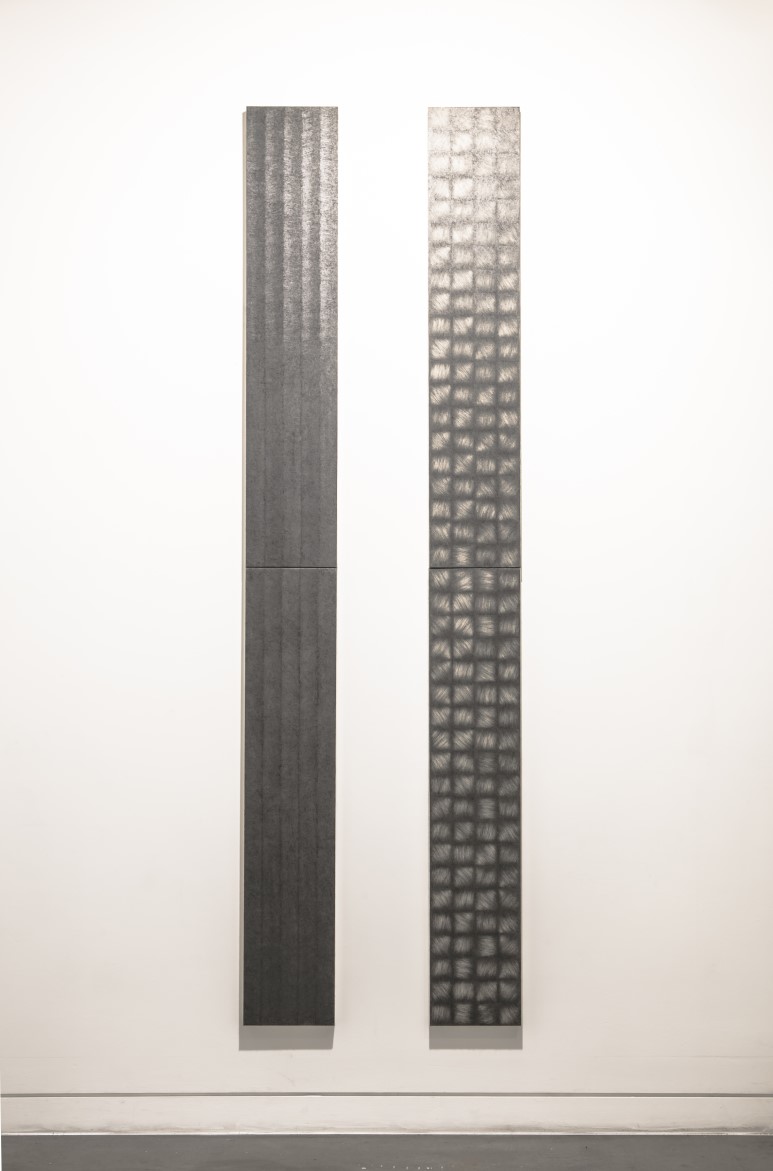Education
B.F.A.(Art), Korea University, Seoul, Korea
M.A.(Art Education), Korea University, Seoul, Korea
Solo Exhibitions
2019 Duration. Gallery Meme, Seoul. Korea
2018 Phase Haze, Gallery Chosun, Seoul, Korea
2017 Impedance, Art Factory, Seoul, Korea
2016 FLATRUM, Zaha Museum, Seoul, Korea
2015 Stereodium, Gallery Dam, Seoul, Korea
2014 Distortion, Gallery Dam, Seoul, Korea
2013 Sonoration, Kwanhoon Gallery, Seoul, Korea
Group Exhibitions
2020 DRAWING ODYSSEY_The Pencilism, GalleryMEME, Seoul, Korea
2019 Moreless, Gallery Dam, Seoul, Korea
2019 Wave, Art Space Sueno 339, Seou;, Korea
2018 Oscillo, Gallery Meme, Seoul, Korea
2018 Da CAPO, Gallery Dam, Seou;, Korea
2018 MONOROOM, Art Factory, Seoul, Korea
2018 Drawing After Dreaming, Zaha Museum, Seoul, Korea
2017 Color of Abyss, Art Space EMU, Seoul, Korea
2017 Discreet Music, Gallery Dam, Seoul, Korea
2017 Dream on Drawing, Zaha Museum, Seoul, Korea
2016 Da CAPO, Gallery Dam, Seoul, Korea
2016 MONO CHROMA, Yeemock Gallery, Seoul, Korea
2015 Shall We, Gallery Dam, Seoul, Korea
2015 BLACK'n Drawing, Gallery B'One, Seoul, Korea
2015 Affinity 90, Gallery Chosun, Seoul, Korea
2014 The Drawing Room, Gallery Chosun, Seoul, Korea
2014 Drawing Exhibition, Imperial Palace Hotel, Seoul, Korea
and etc
Collection
Korea National Museum of Modern and Contemporary Art,
Zaha Art Museum, Samsung Anymode, Nexen Corporation,
Kim & Chang Law Office, Korea University, Korea Zinc Company Ltd,
Seoul National University, Korea Ministry of Foreign Affairs, etc
Artist's note
D u r a t i o n
On show at Duration, a solo show by Kim Beomjoong are the forms of time rendered by countless lines. These lines create a unit in each work and the unit forms a flow. The world of pleats within pleats is immanent as a span of time that will fold and unfold in a limited space. A monotone work created with a pencil on paper is not a representation of music in painting. The primary subject matter of his work, that looks rather monotonous, is not music itself but its physical sound. In his work underscoring the state in which sound flows with a broad amplitude and is modified, sound is amplified or becomes extinct in multifarious situations. Diffraction or the bending of sound appears as the flow of the lines meanders in several directions, including something physical and psychological. This serves as a metaphor for a situation in which the flow to a direction changes when it meets some obstacle. As we cannot accurately forecast weather determined by the flow of air, we are constantly persuaded and change our minds.
He has probably employed limited modeling means such as paper and pencil due the variability of sound. He is required to simplify content and form for intensive expression. The color of sound depends on the density of lines with a wide variety of light and shade. Sound is tuned by the strength and weakness of blackness in the synesthetic relation of color-sound. Spaces between black lines with a brightness of great diversity and blanks around them include each other as in the relation between sound and silence. The empty spaces are neither neutral nor passive. Such blanks in Kim’s works filled with pushing or pulling potential movements clearly appear in form and color. "I paint even blanks," said Kim. He used to delicately document saltation through blanks. The blanks encircling the outlines of forms disturb our sense of up and down. Like sound waves, many of his works have no distinction between top and bottom.
His monochrome images appear tactile due to lines rendered by a keen pencil on thick Korean paper. Carbon powder in the parts where lines are rendered thickly and potently seems to blow away into the air. His images are created through a process of overcoming resistance or a feeling of scratching or carving rather than any smooth application to a sleek surface. They spring from a combination of the pencil completely controlled by hand and the flexibility of sound. The dynamics between two senses, the senses of hearing and sight, is converted to the relation of two contrasting types such as accident and inevitability, opening and closing, infinite and finite. His facture that seems draconian and even ascetic, using only pencil and paper, depends on the tension caused by a clash of foreign factors rather than looseness deriving from some mixed existence or blending. If we liken his work to sound, it is not adull, crushed sound but a delicate sound whose strands can be counted. The black lines applied to a white ground reminiscent of the fundamental material of writing abbreviates the world of sound like a black-and-white photograph embraces all colors of the world in its own manner.
United with his hand, a pencil facilitates concentration and immersion. He tries to emasculate earthly desires in his work process, transcending its trait as a simple labor. The subject matter of sound and the quality of ascetic practice involved in his work are carried out with time. His works hold the flowing waves of time and the time is accumulated as if "carving dates when one is confined somewhere." The beginning and end of his work remains open and the middle process of his work is not a mere repetition.
In this sense, his work demonstrates the difference between art and labor but reminds viewers of ascetic practitioners who transcribed Buddhist scriptures with deep faith. A work of art can be a sphere of variation. Repetition and difference are ways to lend a sense of motion to static images. This is not a repetition of the same thing but a return of the analogous. Unlike any representation depending on heavy referents, the infinitely light form of simulacra matches with the world of sound ubiquitous in the air. His works are intended to visualize how the ambiguous trait of sound trying to spread into the air is based on the repulsive force and gravitation between hearing and seeing. The two senses of hearing and sight are exclusive or drawn to each other. His works illustrating waves of sound with lines interpret invisible things in visual language.
He overlaps the process of painting with the process of writing with pencils on paper. He clarifies these two factors in this exhibition. His conception to fix sound to the plane surface brings about a sublime effort to represent the inexpressible. Painting and writing are existent as they are but when these separate elements meet, a third sphere emerges.
Kim mates his sketches and melodies through the rhythm of lines. Line is more temporal than color. Unlike colors, lines are not given to us at a time but pass through our consciousness one by one. Time is a continuation of partial moments and, as the order and form of experience, brings about events. When parts that belong to the whole and elements of the entire form unfold, the whole is constructed in the final stage. The whole is more than the sum of its parts and is also called form (gestalt). Each part gains from the whole.The immediate present, the preserved past, and the predicted future make each sound a meaningful part of form. However, nothing is remembered or predicted in his accomplishment of melodies.
The nature or dynamism of sound exists in relation with something that is not there. We turn towards the direction of sound to come. Kim’s mainly black-and-white forms are those of time that will appear as the unknown in the context of humanities sound symbolizes. Gallery Meme
김범중 Kim Beomjoong
고려대학교 조형예술전공 학사
고려대학교 미술교육전공 석사
개인전
2019 Duration, 갤러리 밈, 서울
2018 phase haze, 갤러리 조선, 서울
2017 Impedance, 아트 팩토리, 서울
2016 FLATRUM, 자하미술관, 서울
2015 Stereodium, 갤러리 담, 서울
2014 Distortion, 갤러리 담, 서울
2013 Sonoration, 관훈 갤러리, 서울
단체전
2020 DRAWING ODYSSEY_The Pencilism, 갤러리밈, 서울
2019 Moreless, 갤러리 담, 서울
2019 가는 파장, 수애뇨339
2018 Oscillo, 갤러리 밈, 서울
2018 Da CAPO, 갤러리 담, 서울
2018 MONOROOM, 아트팩토리, 서울
2018 신몽유도 - Drawing After Dreaming, 자하미술관, 서울
2017 Color of Abyss, 복합문화공간 EMU, 서울
2017 Discreet Music, 갤러리 담, 서울
2017 Dream on Drawing, 자하미술관, 서울
2016 Da CAPO, 갤러리 담, 서울
2016 모노크로마, 이목화랑, 서울
2015 shall we, 갤러리 담, 서울
2015 Affinity 90, 갤러리 조선, 서울
2015 Black'n Drawing, 갤러리 비원, 서울
2014 The Drawing Room, 갤러리 조선, 서울
외 다수
작품소장
국립현대미술관, 자하미술관, 김앤장 법률사무소, 법무법인 태평양, 삼성 애니모드,
외교통상부, 고려대학교, 서울대학교, ㈜고려아연, ㈜넥센, 외 다수, 개인소장 다수
전시비평
D u r a t i o n - 발생의 지속, 지속의 발생
미술사가 이상윤
김범중의 이번 전시 타이틀은 《지속(Duration)》이다. 지속성과 절대성보다 일시성과 상대성에 편중된 포스트모던 시대에 위와 같은 주제가 달라 보이는 것은 사실이다. 이전 전시들이 변화와 다양성에 조금 더 가까웠다면, 이번에는 어떤 상태의 유지나, 그것에 전제되는 시간성이 중심을 이룬다. 그러나 그가 제시하는 지속성이 변화와 생명력이 없는 건조한 상태는 아니다. 김범중이 말하는 지속성은 마치 음향학에서 소리가 “발생(attack)-쇠퇴(decay)-완화(release)”로 구조화되는 것처럼, 그의 지속성 또한 생성과 소멸의 변주를 포괄하는 상태의 지속과 관련되어 있다. 그렇다면 그는 이것을 어떻게 시각화하였을까?
우선 김범중의 회화 형식은 우리의 체내 깊숙이 흡수된 관습과 획일화된 공식과의 단절을 경험하게 한다. 그렇다고 선정적인 전위성을 보이지는 않는다. 처음 작품을 마주할 때의 인상과 작품 제목에 내재 된 의미 사이의 거리감은 순간순간 익숙함과의 단절을 야기한다. 색도 사용하지 않으며, 현란한 기법이나 독특한 형태가 강조되지도 않았는데, 그의 작품을 파악하려는 섣부른 시도들은 예상치 못한 낯선 경험을 불러일으킨다. 그러다 보니 일견 낯익은 조형 언어가 이러한 경험을 더 깊게 하는 어떤 의도적인 장치는 아닌가 하는 생각마저 들게 된다. 이것은 그러나 부지불식 사이에 화석화된 조형언어의 편협과 안일함을 지적하고, 관습적인 공식들을 어긋나게 하여 은폐된 위계들을 전복시키는 역할을 한다. 나는 그 바탕으로 대상에 대한 작가의 탐구열과 몰입의 에너지에 주목한다. 일종의 매니아(mania)적이거나 지속의 산물로 설명할 수 있을까? 김범중의 회화가 단지 모노톤이고, 종이와 연필이라는 친숙한 재료를 사용하였기 때문에, 그의 작품을 단순히 서정적이거나, 명상적, 또는 수행적 추상이라고 판단하였다면 작품 읽기가 자칫 과장에 빠지기 쉬워진다.
이러한 관점에서 김범중의 작품은 추상도 재현도 아닌 기록에 접근한다. 어쩌면 이도 저도 아닌 ‘발생(occurrence)’의 기록이라고만 할 수 있을지 모른다. ‘숭고’를 위해 리오타르가 끌어온 ‘발생’ 개념은 ‘그 자체’로만 설명이 가능하다. 발생은 재현될 수 없음, 즉 재현 불가를 가리킨다. 반면 발생은 재현 불가능인 점에서 왜곡 불가능이기도 하다. 이러한 접근방식은 대상에 대한 경외마저 느끼게 하는데, 김범중의 작품을 단적인 발생으로 보기엔 무리가 있음에도 불구하고, 대상을 대하는 태도에서는 이렇듯 재현 불가능을 인정하는 신중함이 보인다. 작가가 소리에 유별난 관심을 가졌기도 하거니와, 작품의 주된 소재이기도 한 소리의 예를 들어보자. 북소리를 시각적으로 표현한다고 가정할 때, 한국어 사용자들은 대개 ‘둥둥’으로 표기한다. 영어권에서라면 북소리는 ‘parum pum’ 등으로 표기될 수 있다. 그런데 이 소리를 음의 높낮이 정도를 나타내는 헤르츠(Hz)나 소리의 크기에 관련된 데시벨(Db) 등과 같은 형식을 따랐다면 어떨까? 대상의 ‘그 자체’에 조금 더 가까워지지 않을까? 분명 후자에 부과된 메타 의미는 ‘둥둥’이나 ‘parum pum’과 같은 재현 형식보다 그 무게가 덜하다. 이와 같이 발생은 재현의 왜곡을 피하고 대상에 보다 예민하게 반응함으로써 대상이 재현도 추상도 아닌 ‘그 자체’로 남을 수 있는 최적의 방법일지 모른다. 그것은 또한 피상적 시각에서는 알 수도 없는 대상에 깊이 매료된 매니아적 관점과 고도화된 사고의 반영이라고 생각된다.
실제로 음원이 매질을 통해 수용체로 전달되는 소리 발생의 매커니즘이나, 주파수와 같은 측정 체계에 대한 김범중의 관심은 헤르츠나 데시벨의 예와 유사하게, 김범중만의 재현 방식을 통해서 모노톤의 회화로 가시화된다. 때문에 익숙한 조형 언어인 듯 보이나, 김범중의 회화는 소리뿐 아니라 소리가 동반하는 시간과 물질 등에 관한 탐구자적인 기록물에 가깝다. 그리고 같은 이유에서 그의 모노톤 회화는 형이상학적이리라는 예상과 달리 상당히 경험적 의미를 전달한다. 단지 모노크롬 회화와 닮았고, 수행적 반복을 보인다는 이유에서 그의 작품에 선(禪) 사상이나, 도가, 또는 현상학적 의미를 덧입히기에 김범중의 회화는 촉각적이고, 경험적이며, 탈(脫)사변적인 동시에 실제적이다. 이와 같은 특징은 또한 재료 선택에서나, 선 긋기의 경험뿐 아니라, 그의 사고 체계에도 녹아 있다. 민족주의가 아닌 체질을 고려함으로써 장지를 선택하고, 붓이나 펜의 임의적 유동성보다는 물리적 강도를 있는 그대로 출력하는 흑연의 정직성을 선호한다는 김범중의 재료적 취향은 그의 화면을 금욕적으로 보이게까지 한다.
그러나 사실 위의 내용에 비추어 볼 때, 금욕적 화면 역시 목적이 아닌 결과로서 도출된 것임을 알게 된다. 다시 말해 김범중의 회화에 나타나는 금욕이나 절제란 작업의 최종 목적으로서가 아니라, 발생에 관한 탐구 과정 가운데 형성된 결과로 보는 편이 더 적절하다. 작가의 실제 관심 역시 현실에서 괴리된 관념이나 금욕, 또는 수행은 아니다. 소리나 주파수와 같은 비가시적 실재뿐 아니라, 사회 곳곳에서 벌어지는 ‘발생’에도 주목한다는 작가는 분명 물리적 현실에 뿌리내리고 있다. 동시에 그는 어떤 비가시적 존재나 미시적인 대상과 기꺼이 씨름하는 다분히 매니아적이고 고도화된 줄다리기를 작업한다. 이 작업은 ‘그 자체’에 대한 깊은 사고를 동반하며, 결코 그것을 정복하듯 재현하지 않는다. 저음의 물리적 특성이나, 음색의 차이들, 주파수, 파장 등 보이지 않지만 분명 실재하는 대상 또는 발생에 대한 무수한 경험과 탐구가 장지와 흑연의 물리적 실험을 통해 화면 위에서 또 다시 발생한다. 그리고 그것은 지속된다. 마이크로적일 정도로 섬세하다 못해 치밀한 김범중의 시각은 충분히 미시적이며, 다른 한편 표면의 변화를 야기하는 장지의 섬유질에서, 셀 수 없이 중첩되고 축적된 흑연 가루에서, 그리고 고도로 절제된 형식으로 반복되는 선 긋기의 행위에서 끊임없이 발생하며 지속된다.

